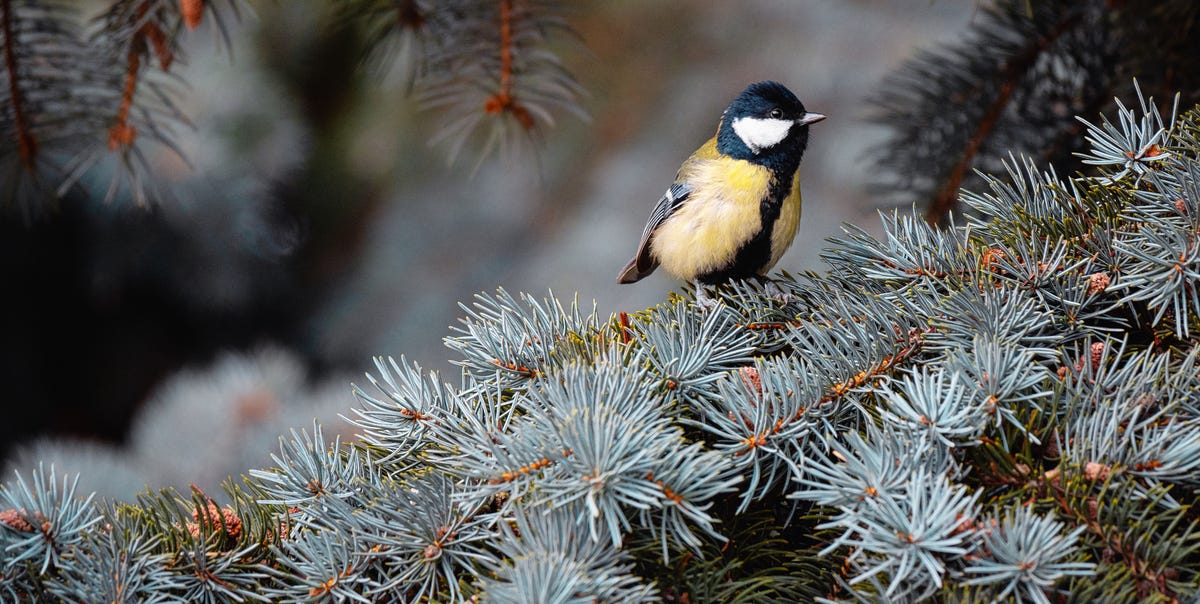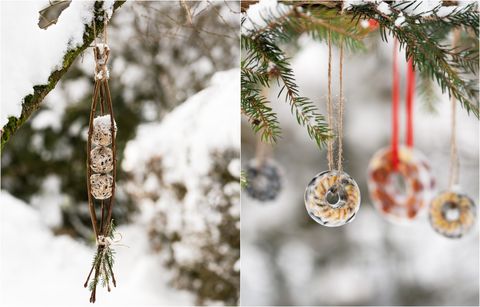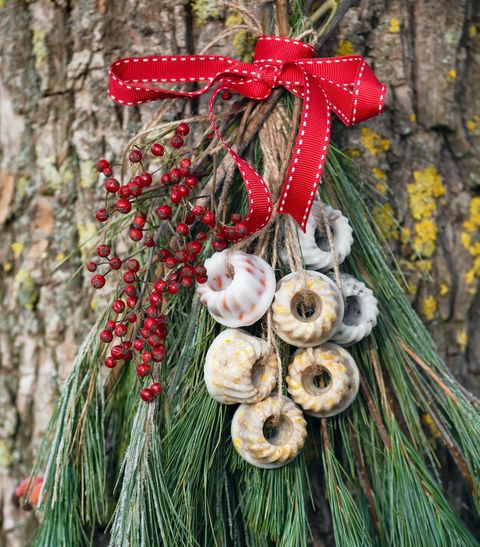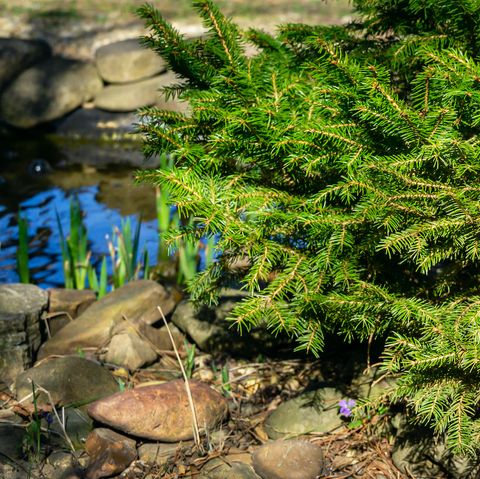
During the winter months native wildlife can really struggle, which is why experts are urging the British public to help by repurposing their Christmas tree into a wildlife haven after the festivities.
With wild birds facing difficulty to find enough food to build up and maintain their fat supplies, some of the smallest need to consume as much as 30 per cent of their body weight, simply to survive the long, cold winter nights.
Other garden inhabitants, such as hedgehogs, who begin to hibernate in the month of December, won’t make it through the colder months because of a lack of food and shelter.
Sean McMenemy, garden wildlife expert and director of Ark Wildlife, is providing his expert insight into how we can repurpose real Christmas trees from the festive period and turn it into something that will not only help our garden wildlife survive but thrive over the next few months.
1. Transform your Christmas tree into a multi-perch bird feeder
As much as we adore having a real Christmas tree and the fresh, woody fragrance that it provides our home with, we can still use it throughout January to do some good.
Firstly, we can actually turn the trunk of a Christmas tree into a multi-perch bird feeder for our feathered friends.
‘All you need to do is cut the branches back to 6″ from the trunk and hang treats such as fat balls or bird feeders from the stems,’ Sean suggests. ‘From peanut garlands to bird food-covered pine cones and juicy berries, it’ll make for a stunning garden centrepiece.’
It’s also nice to add some food around the base of the tree, since frozen ground prevents songbirds from digging up any worms at this time of year. ‘Energy-rich bird food is designed for winter survival, so sprinkling some around the tree will give birds a huge boost,’ Sean adds.
2. Reuse Christmas tree branches to help insects
When you cut off some of the Christmas tree branches to make your multi-perch bird feeder, don’t throw these away, as they have a potential use too.
Simply place these branches over spring bulbs and early flowers that are starting to sprout, as they give the ground some extra insulation to help them grow. And when they bloom in the springtime, these flowers will provide nectar at what is a critical time in the year for insects.
You can even use the tips of needle-covered branches to make little bouquets that you can hang from your fences or walls, doubling up as an insect habitat while providing a pretty feature in your garden.
3. Provide shelter for pond life
Old Christmas trees really are the wildlife gift that keeps on giving. Place the tree over your garden pond to add a layer of protection for pond life against predators such as cats and herons.
‘Old trees are great for frogs, toads and newts too,’ Sean explains. ‘It provides a damp sanctuary for them out of the water whilst remaining close by. Cold-blooded amphibians tend to hibernate during the winter months, with male frogs going to the bottom of the pond. So, you can help out by placing a ball on the surface of the pond to prevent it from freezing over.’
4. Provide wildlife with shelter from the frost
‘Christmas trees also offer valuable shelter from frost. The whole tree or sections of the trunk create the perfect sheltered corner for birds, insects and small mammals,’ says Sean.
And don’t forget about some fresh drinking water either. Vital all year round, all you need to do is place some water next to the Christmas tree leftovers. And make sure to avoid any toxic antifreeze products if you have a bird bath, as these can be harmful to wildlife. Use an eco-friendly option for a frost-proof bird bath instead.
Follow House Beautiful on TikTok and Instagram.



















